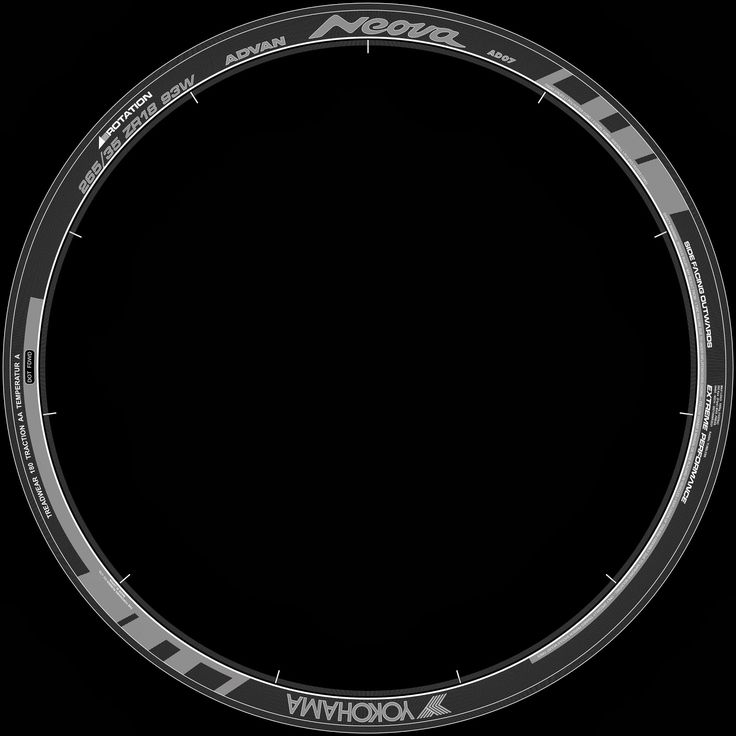Tires are like the unsung heroes of the automotive world. They keep us rolling down the road in style, absorbing all the bumps and potholes that come our way. They're like the cushy sneakers of the car world, cushioning our rides and making sure we get to where we need to go in comfort and safety.
But let's be real – tires can also be a real pain in the, well, you know. Punctures, blowouts, and sidewall damage – it's like they're just waiting for us to let our guard down before they strike! And don't even get me started on the price tag of a new set of tires.
Sure, a simple puncture can be fixed with a spare tire or a tire repair kit, but when it comes to tire sidewall damage, things can get a bit trickier. It's like trying to repair a broken bone with duct tape – it's just not going to hold up. So, what's a driver to do? Can you continue driving with tire sidewall damage?
Well, we're about to find out. So, buckle up, folks, because we're about to take a deep dive into the world of tire damage and see if we can't come out the other side with our wallets intact and our sanity (mostly) intact.
The tire sidewall is the vertical part of any tire, i.e., the area from the rim to the shoulders. It is a crucial part of any tire, as it protects the cord plies from damage, and they give any structural integrity. Damaged plies can significantly weaken the construction and lead to instability or blowouts.
But the sidewall itself also supports the tire – its stiffness of the sidewall is directly correlated to how the tire performs. For instance, performance tires are usually more rigid for higher responsiveness and stability, while touring tires have softer sidewalls for comfort.
So, yeah, tire sidewalls are a big deal and not easily fixable. It's like trying to fix a flat with bubble gum – it just won't hold up. Still, there are a few different tire sidewall damages, and not all are created equal.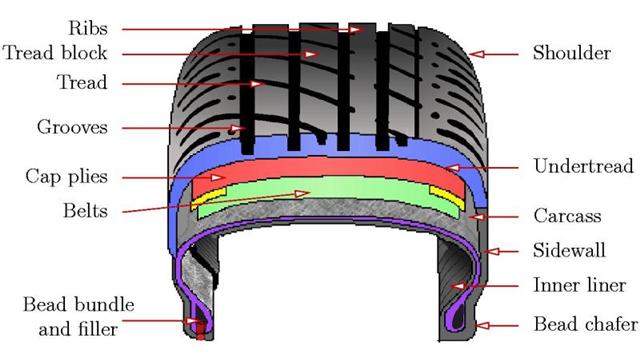 Let's have a closer look.
Let's have a closer look.
The sidewall can be damaged in various ways, but in any case, it's crucial to regularly inspect the tires to ensure a safe drive. Although drivers don't usually inspect their tires, you could at least ask your tire technician to do that for you. Here are all the different tire sidewall damages you should be concerned about.
Chipped rubber on the sidewall of the tire
One of the most common types of tire sidewall damage is chipped rubber. This type of damage usually occurs when the sidewall of the tire comes into contact with abrasive surfaces such as sharp rocks or curbs.
Chips can range in depth from a few millimeters up to a centimeter. In most cases, the cords or plies of the tire won't be exposed, but in some instances, the cords may protrude from the sidewall, especially if the sidewall has been punctured or cut.
Sidewall damage can have serious implications for the safety and performance of the tire.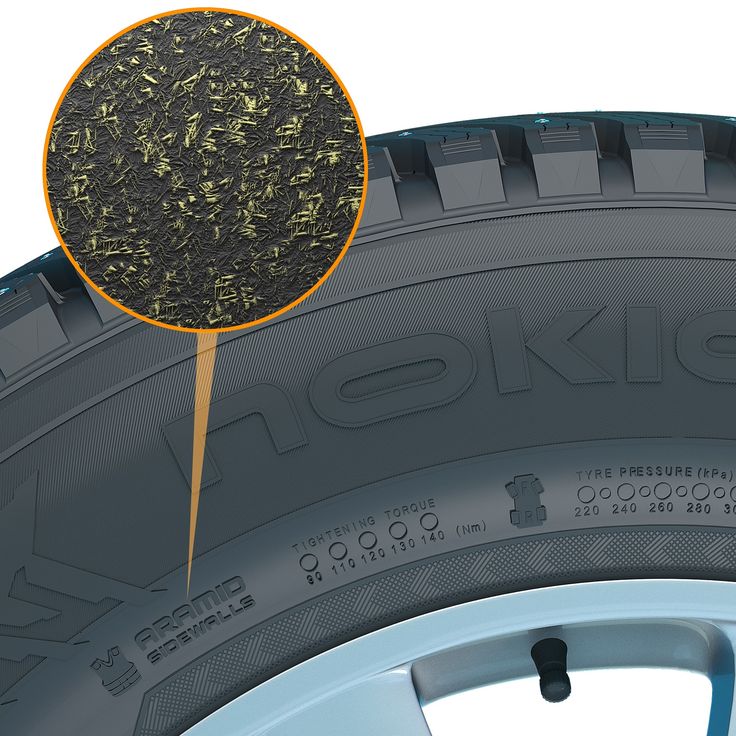 Chipped or cut sidewall rubber can weaken the tire's structure, leading to a potential blowout or a sudden loss of air pressure.
Chipped or cut sidewall rubber can weaken the tire's structure, leading to a potential blowout or a sudden loss of air pressure.
Tire Sidewall Cracks
Another common type of tire sidewall damage is cracking. Unlike chips or cuts, sidewall cracks can expose the inner plies of the tire, compromising its integrity. This type of damage usually occurs due to aging or low-quality tires. Cracks can form due to prolonged exposure to harsh environmental factors such as UV rays, extreme temperatures, and chemicals.
Sidewall cracks can lead to a sudden loss of air pressure, which can cause the tire to blow out while driving.
Bubbles on the sidewall of the tire
Sidewall bulges, also known as bubbles, are a common occurrence in older tires. This type of damage can also occur due to overloading or underinflating the tire. Although sidewall bulges may not look too dangerous, they signify a severe issue with the internal construction of the tire. They occur when the inner cords or plies of the tire become damaged, leading to a weakness in the sidewall structure.
They occur when the inner cords or plies of the tire become damaged, leading to a weakness in the sidewall structure.
Sidewall bulges can compromise the tire's structural integrity, leading to a potential blowout or sudden loss of air pressure.
The most common reason for sidewall damage lately is cheap tires. Today's market is literally flooded with tires from dubious manufacturers (usually from China) that just emerged on the scene. You can notice that these brands offer unrealistically cheap tires – sometimes three times as cheap as a premium tire!
These companies don't produce the tires in state-of-the-art facilities, nor have good in-house quality control. Not to mention, they also don't spend resources on research and development and usually source parts from suppliers that also don't have good quality control.
As a result, manufacturing defects often happen in these tires and lead to sidewall cracks or bulges.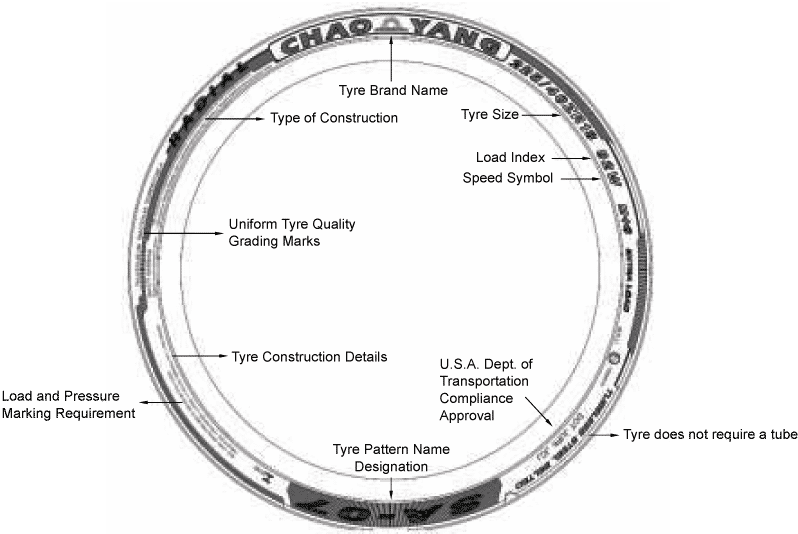 These things can happen in some high-quality premium tires as well, but much less often. Hence, I strongly recommend purchasing tires from reputable manufacturers who actually care about the safety of their customers.
These things can happen in some high-quality premium tires as well, but much less often. Hence, I strongly recommend purchasing tires from reputable manufacturers who actually care about the safety of their customers.
Even if you don't drive your car regularly and there is tread left on your tire, the rubber can still go bad after a while. Tires have an expiration date, even if you don't use them at all.
Namely, due to changes in temperature, air humidity, the sun's UV rays, and multiple other external factors, the rubber compound can lose its elasticity over time and become brittle. As a result, the sidewall on old tires can start to crack and expose the internals, leading to potential blowouts.
Hitting a deep pothole or curb can damage the sidewalls of the tire
The most common tire sidewall damage on newer tires comes from hitting deep potholes, curbs, or sharper rocks. It could also happen if you drive fast over a speed bump, though that depends on how much it protrudes and how sharp it is.
Running your tires at the recommended pressure will ensure optimal performance in terms of handling, comfort, and fuel efficiency. However, running them underinflated (or overinflated) will not only hinder your vehicle's performance but it could also lead to sidewall damage.
Keeping your tires underinflated might result in sidewall bulges, as you would put extra pressure on the inner cord plies. Remember – the air inside your tire carries most of the weight of the tire, and not having enough of it could result in various issues. However, too much air could also result in sidewall bubbles, so make sure you don't overdo it as well.
Every tire has a maximum load rating, i.e., the heaviest weight it's designed to carry. Putting too much weight in your trunk could overload the tires and lead to sidewall damage. However, it could also damage the suspension components, as your vehicle's maximum weight capacity usually coincides with the tire's load capacity.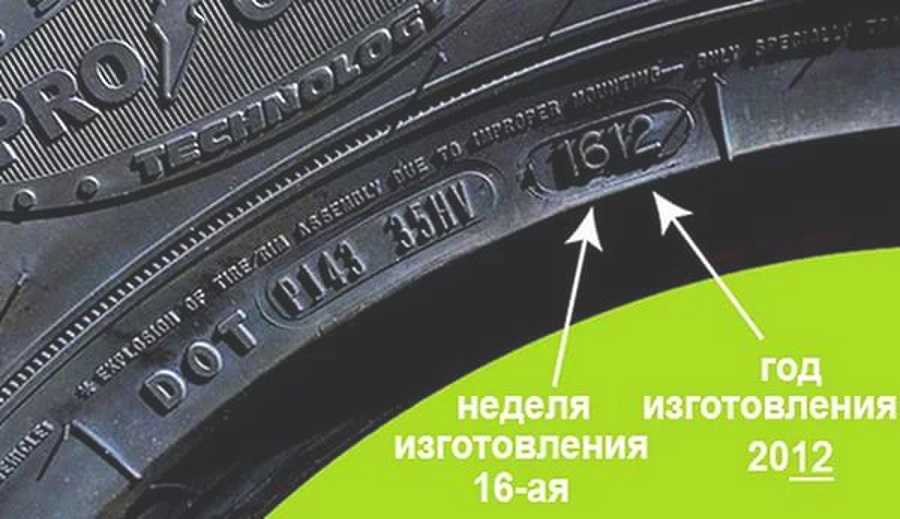
It depends, but in most cases, a damaged tire sidewall can't be repaired. The problem is that some tire shops will tell you that the damage is repairable and try to fix it and make it look cosmetically sound. However, the issue might still persist, and driving with a damaged sidewall is a safety hazard.
In my experience, a chipped sidewall rubber that's just a few millimeters deep is repairable, but anything deeper than that is not. And the main issue here is that deeper cuts damage the inner cords, which can significantly weaken the tire's construction and lead to blowouts.
In case of sidewall bulges (bubbles), cracks, deep cuts, or punctures, I'd immediately replace the tire with a new one, even though the tire technician would suggest repairing it. Safety should be the number one priority when driving, not just for the driver but also for the passengers and other traffic participants.
The short answer is that driving with sidewall damage is not safe, and you should immediately take action.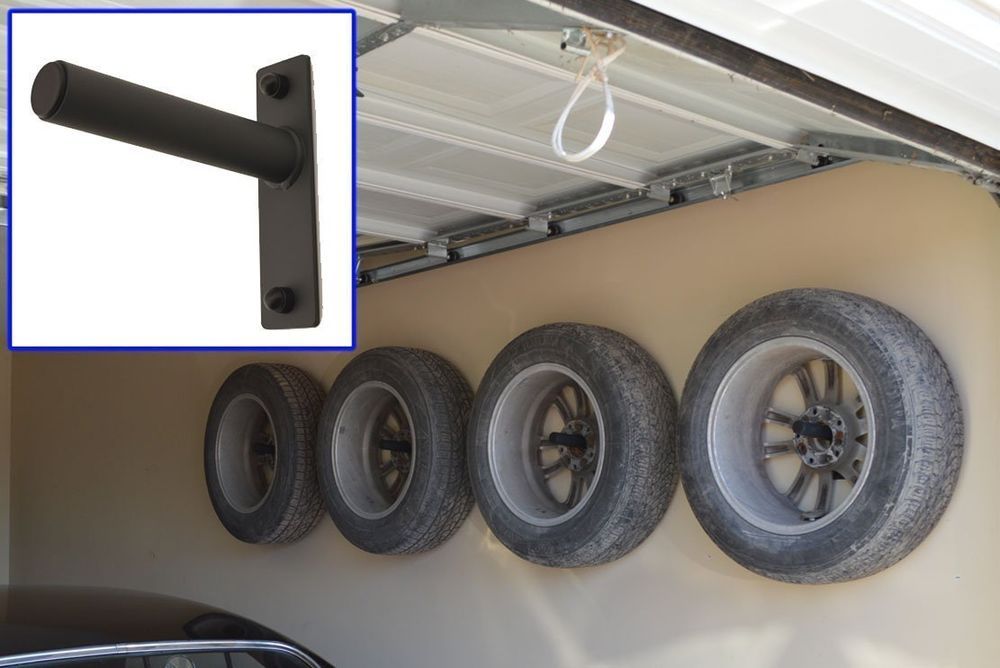 The long answer, just like with repairs, is that you could continue driving if the abrasions are not deep, but I'd still advise against it because the chipped rubber can get worse over time.
The long answer, just like with repairs, is that you could continue driving if the abrasions are not deep, but I'd still advise against it because the chipped rubber can get worse over time.
Meanwhile, if you see bigger cracks, bulges, or cuts, you should immediately stop driving and replace the damaged tire. When not sure, you can ask your tire professional to give you advice upon inspection.
Taking care of your tires, just like you would with your car, will make them last longer and significantly reduce the chances of you getting sidewall damage. Proper tire maintenance is not only key to safety, but it will also save you money in the long run.
So, check your tire pressure at least once every month, or more often if there is a sudden change in temperature outside, and ensure it's always at the manufacturer's recommended value.
Furthermore, make sure your eyes stay glued to the road and avoid hitting potholes and objects while driving.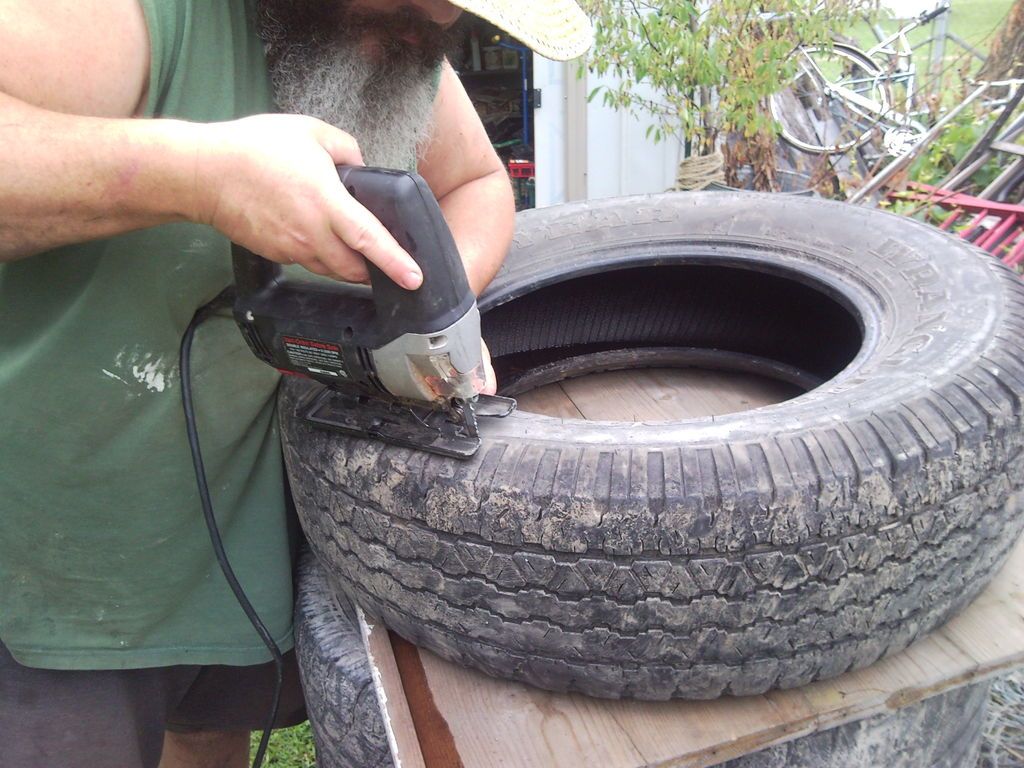 This will not only help you keep your tires healthy but will also result in a safer drive – attention is key when driving! Also, avoid driving over curbs, and when you need to do that, always drive slowly. Lastly, inspect your tires regularly for signs of wear and damage.
This will not only help you keep your tires healthy but will also result in a safer drive – attention is key when driving! Also, avoid driving over curbs, and when you need to do that, always drive slowly. Lastly, inspect your tires regularly for signs of wear and damage.
By taking these steps, you can help ensure that your tires stay in good condition and keep you safe on the road for miles to come.
Although it's a serious safety issue that often leads to blowouts and life-threatening accidents, tire sidewall damage is still not taken seriously by drivers.
I still see too many cars with tires that are unsafe to drive, and it makes me sad because it shows that we don't put enough value on human life. Sure, buying a new tire is expensive, but it's nothing when compared to purchasing a new iPhone, which most people do every two years.
I won't go into a long rant here, but I will still ask you to take safety into consideration every time you hit the road – not only for our safety but also for younger generations!
No matter what sort of tire damage you’ve noticed on your car, sidewall damage, in particular, can be very troublesome.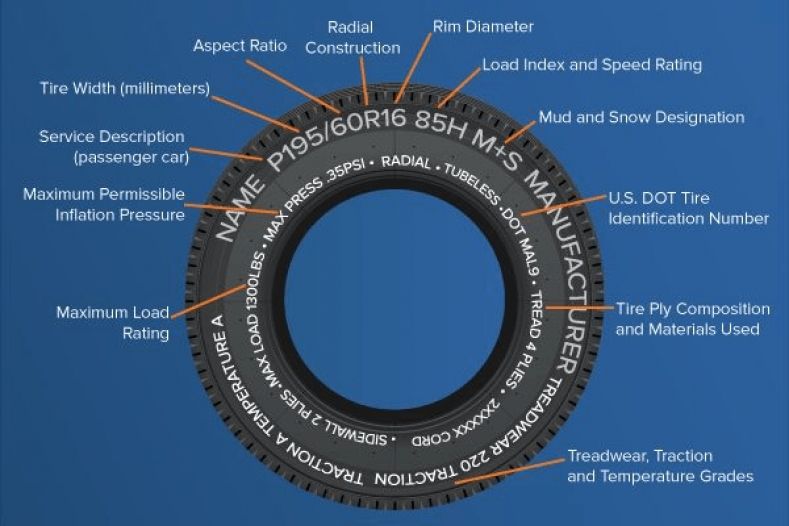
Whether you’ve been in an accident or have suddenly noticed cracks in your sidewall, you may be wondering if it’s time to replace your tires or if you can rectify the damage with a repair. Keep reading below for everything you need to know!
Sidewall tire damage is any sort of cracking or splitting that occurs to the side of the tire. This damage can occur due to an accident, defect of aging, or even everyday wear. Sadly, this sort of damage cannot be repaired and is considered dangerous. Because sidewalls do not have steel cables, any sort of damage can quickly progress and be unsafe to drive on.
Keep reading below to learn how to prevent sidewall damage, why you shouldn’t attempt to patch it, and more!
You should never drive around with sidewall damage. While driving, the damage to your sidewall can quickly become worse. After the integrity of the tire has been compromised, things can go downhill rather quickly.
Plus, sidewall damage can also lead to blowouts. As you might imagine, this can cause damage to your vehicle, as well as put you and others in danger.
For the most part, there isn’t a level of sidewall damage that is okay. You never know when even a tiny problem will suddenly become severe and lead to a blowout. Even simple driving can make the wound much worse very quickly.
Furthermore, damage to your tire sidewall can also lead to handling issues. Because the tire has been compromised, your car may not handle as well as it did previously. Even if your tire doesn’t blow, poor handling can lead to an accident.
Remember, a tire’s sidewall is one of the most vulnerable. Unlike other parts of the tire, the sidewall does not have any cords holding it together. In other words, it is just rubber.
Therefore, a little bit of damage can quickly become more severe with regular use.
Technically, sidewalls can be repaired. In most cases, you can find someone willing to repair a sidewall.
In most cases, you can find someone willing to repair a sidewall.
However, these repairs are not typically very effective and do not last very long. Even when repaired, you never know when your tire’s sidewall will give out again, potentially leading to a blowout and accident.
For this reason, it is not advised to drive on a tire with sidewall damage – even if that damage has technically been repaired.
While a tire’s tread can be patched, the sidewall is weaker because it does not contain any cords. In other words, it’s just plain rubber, which isn’t very stable after it’s been damaged.
Usually, it is in your best interest to replace the whole tire. While this is more costly, patches simply can’t stand up to the stress suffered by the sidewall.
Simply put, you can’t. At least, you can’t safely.
With that said, there are some directions online for fixing sidewall cracks and similar problems. However, these repairs are not recommended, as they don’t last long and can cause blowouts at any point.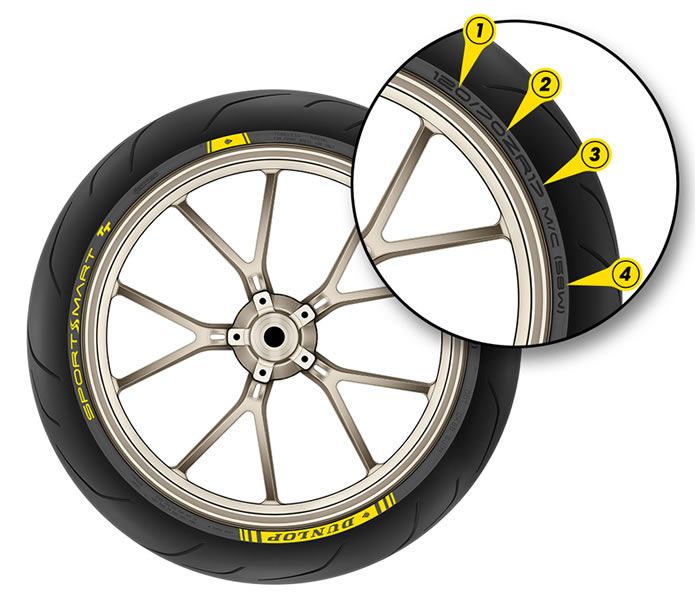
While tread repairs are possible, sidewalls do not have steel cables. Therefore, their integrity is severely compromised after cracks or other sorts of damage.
For this reason, I highly recommend just purchasing a new tire if your sidewall becomes damaged. While it might be more expensive, it is much safer.
Sidewall damage can occur for many different reasons – from tire age to accidents.
Firstly, underinflation of the wheel can cause sidewall damage. Luckily, most cars today have monitoring systems that let you know when your car’s tire is underinflated. However, you should still regularly check the inflation level.
After all, you never know when your car’s internal monitoring system will malfunction.
Secondly, tires become more susceptible to damage as they age, including sidewall damage. After many years of use, the rubber may simply break down to the point that it cracks.
Technically, nothing caused this damage. Instead, it is just a symptom of the tire’s age.
Instead, it is just a symptom of the tire’s age.
Thirdly, overloading your tires can cause them to bow too much, leading to cracks and similar damage on the sidewall. Furthermore, overloading can make your vehicle wobble, which can also cause sidewall damage.
Be sure not to exceed your tire’s load.
Furthermore, regular tire wear can cause sidewall damage. If your tire is worn and overused, the rubber may not be very strong, making it more prone to damage.
Of course, something still has to typically hit your sidewall for it to crack in this instance.
Finally, hitting curbs and similar obstacles at high speeds can also cause sidewall damage. In most cases, the damage starts minor and then becomes worse as you drive around.
Typically, a simple examination will let you know if your sidewall is damaged. Cracks and punctures are pretty easy to see with the naked eye, even if you aren’t a trained expert.
With that said, indents are typically standard and shouldn’t affect performance. These indents are caused by the fabric cords that cover the inside of the sidewall. Where these cords intersect, there may be a slight indent.
These indents are caused by the fabric cords that cover the inside of the sidewall. Where these cords intersect, there may be a slight indent.
Again, this is normal and nothing to worry about.
On the other hand, bulges and bubbles are a sign of underlying cord damage. Sadly, this sort of damage cannot be repaired. Therefore, you must replace the whole tire – preferably as quickly as possible.
Significantly, you should never drive on a tire with potential sidewall damage. In many cases, this damage is highly prone to bursting, as sidewalls are not very strong.
Under most definitions, the sidewall of a tire is the side of the tire, as you might guess from the name. Pretty easy to remember.
In actuality, the sidewall doesn’t do much. Its primary purpose is to protect the cord body on the inside.
Furthermore, meaningful information about the tire is often also printed onto the sidewall. Usually, this information includes the tire’s size, load capabilities, and speed rating.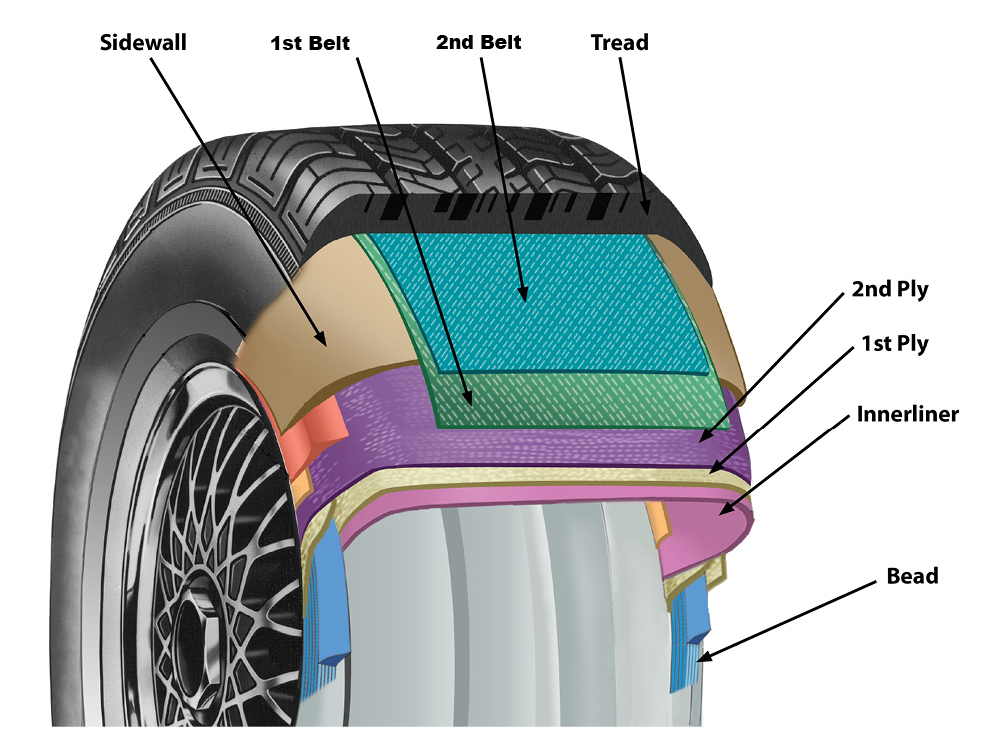
Because sidewalls are exposed to the sun and elements more, they are often explicitly designed to withstand ozone and UV light.
With that said, sidewalls lack the steel cables that are underneath the thread. Therefore, they are not as durable or repairable after being damaged. Once their integrity is breached, they are pretty susceptible to blowouts.
In some cases, sidewall damage is covered under warranty. However, you need to check with your tire manufacturer and the specific warranty covering the tire. In many cases, there are many stipulations to the warranty.
For instance, damage that is caused by the workmanship and material problems are often covered. However, if you hit something and damaged your sidewall, it wouldn’t be.
In other words, tire warranties often don’t cover things you did to the tire – only problems caused by apparent defects.
Therefore, if the sidewall just randomly breaks, it may qualify for a replacement under warranty.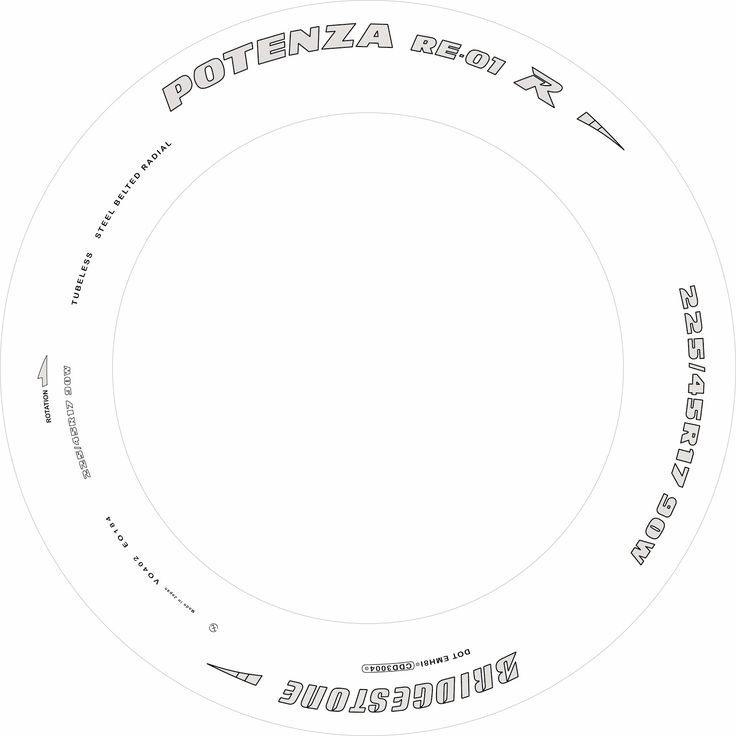 But if you hit something with the tire, it wouldn’t be.
But if you hit something with the tire, it wouldn’t be.
In many cases, you have to prove that it’s a defect, which can be challenging to do in many cases.
However, many warranties also don’t cover damage caused by “misuse.” As you might imagine, what counts as misuse varies. Many warranties will outline things you can’t do with the tire without voiding the warranty.
Furthermore, just like with all warranties, tire warranties eventually expire. Usually, this occurs when the tire is six years old or worn past a certain tread level. After this point, the tire is considered old and should be replaced.
After this point, damages that occur to the sidewall won’t be covered. The company doesn’t expect the tire to last longer than six years.
Sometimes, you can purchase separate “road hazard” warranties. Simply put, these warranties cover your tires if you run over something that causes a puncture. Usually, the warranty covers the repair, or a new tire should the repair not be possible.
Of course, this warranty would cover your sidewall if it became punctured. However, punctures are pretty rare on sidewalls since they don’t touch the road.
Cracks are a sign that your tire’s sidewall has become compromised. Therefore, it is a sure sign that the tire needs to be replaced. While many things may cause the sidewall to crack, none of them are good.
For instance, direct damage can cause cracks, such as hitting a curb. At the same time, old tires may simply crack due to wear and tear. Sometimes, UV light can even cause unused tires to crack.
Unlike punctures, cracked sidewalls cannot be repaired safely. With that said, there are some repairs available online and some professionals willing to give it a try.
However, it is often not the best idea, as damaged sidewalls have severely limited integrity. Without the steel cables that the treads have, sidewalls have a tough time staying together, even after being repaired.
In other words, sidewall repairs can come undone at any point, leading to blowouts.
Plus, air can easily escape through the cracks in a tire, leading to flat tires before you know it. Even great repair jobs often can’t stop these leaks.
If you are looking to learn more, you might also be interested in reading up on if you can get a flat tire from hitting a curb, tire feathering, and blown-out tires.
Sidewall damage can occur for a variety of different reasons, ranging from accidents to aging. Sadly, no matter what caused the damage, sidewalls cannot be repaired with patches like other parts of the tire.
Furthermore, even minor damage can become worse while you’re driving. Sometimes, this damage can lead to random blowouts, endangering you and other drivers.
For this reason, any tire with sidewall damage should be quickly replaced.
Another season of changing shoes is approaching.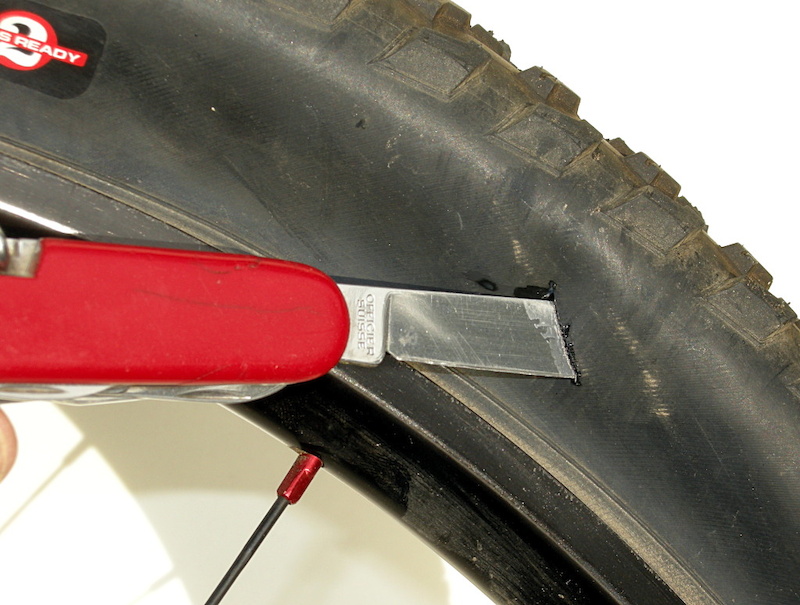 And you may remember that on one of the tires after the last winter/summer there is a jamb - a small bump. I don’t want to run to the store for the sake of one new tire. We understand. Or maybe it looks even better if repaired?
And you may remember that on one of the tires after the last winter/summer there is a jamb - a small bump. I don’t want to run to the store for the sake of one new tire. We understand. Or maybe it looks even better if repaired?
Yes, not every wheel that has met with a nail, rebar sticking out of the ground or a sharp stone on the road is considered damaged. Everything, of course, depends on the scale of the damage and its location on the tire itself. Some are easily repaired, while others are simply impossible to do - the tire can only be sent to the trash.
A bulge on a wheel, referred to by drivers as a bump or bulge, is the most common tire sidewall defect. It appears due to a collision with an obstacle or after falling into a pit, more often at high speed. The threads of the sidewall carcass are easily damaged by impact, and the tire at this point can no longer hold the load and air pressure - swelling appears. A small bump sooner or later turns into a big one, and driving with such a defect is dangerous - the wheel can shoot at any moment. At high speed, this is fraught with loss of control, departure from the road and a rollover.
At high speed, this is fraught with loss of control, departure from the road and a rollover.
The quality of roads in Kazakhstan contributes to the appearance of bulges on tires
Some types of bulges are repairable, although this is a temporary measure. Not a single patch can restore the factory rigidity. Ideally, change the tire.
Special cord patches can extend the life of a tire with a herniation, even if the swelling has appeared on the tread. The sidewall is a different story. If the swelling appeared at a distance of more than 40 mm from the side, it can be repaired. If not, then the wheel needs to be replaced. Blisters on low profile tires are most often non-repairable.
For maximum safety when riding with a repaired bump, insert the tube. This is an inexpensive and reliable solution. On our market, you can find cameras made in China and Russia, the latter are slightly more expensive, but also of better quality.
The elimination of a side cut is a serious operation, therefore, as in the case of a bump, you will have to go to the professionals. We need cord patches, fortunately in our time they are of different sizes and with a different number of layers. And if you do it wisely, then you can't do without special tools and vulcanization.
We need cord patches, fortunately in our time they are of different sizes and with a different number of layers. And if you do it wisely, then you can't do without special tools and vulcanization.
A cut, by the way, cannot be healed in all cases. If the gap is in the shoulder area of the tire, it is unlikely that anyone will undertake to repair it, since no guarantees can be given here. However, our Kulibins take on even the most difficult cases, cutting out parts of the sidewalls from the tires and even weaving the cord on their own.
Tire overhaul. We would not put such a wheel on ourselves
Low profile tires can be repaired, but more difficult. A tear in the sidewall is easier to seal on tires with a medium or high profile.
Sometimes a cut is confused with a pluck. This is when the outer layer of the sidewall caught on something sharp, a tear formed, but the frame itself remained intact. There is nothing wrong with that, although the drivers at the tire fitting company successfully repair the cut, for which they take it accordingly.
If a piece of rubber remains on the sidewall, then glue it with ordinary superglue (101st). If it came off, then it is better to cover it with raw rubber and vulcanize. Leaving the pluck bare is not recommended, because the tire carcass, often consisting of a metal cord, will quickly corrode.
In Europe, defective or used tires are perforated before being sent for scrap to prevent their resale and possible operation. But they don’t know that we have such holes on the sidewall patched once or twice
Cuts and hernias are not the only possible damage to the side of the tire. You can also spoil the side ring, in the process of changing shoes, for example. If it’s for garlic, then such a tire is already dangerous. Sooner or later, the tire pressure and the load in motion will start to squeeze the rubber off the rim - a wheel explosion can occur.
This ailment is repaired if the wire ring - the base - is intact. There are no special technologies and materials to correct this particular problem, but most often craftsmen use a two-component composition for chemical (also called cold) vulcanization. After mixing, the mass is pressed into a fat-free damage. Compound manufacturers recommend waiting 72 hours before mounting a tire. Of course, our masters do not pay attention to this condition - they put the tire right away. And it’s good if the wheel is flat because of this at night in the parking lot, and not on the road.
There are no special technologies and materials to correct this particular problem, but most often craftsmen use a two-component composition for chemical (also called cold) vulcanization. After mixing, the mass is pressed into a fat-free damage. Compound manufacturers recommend waiting 72 hours before mounting a tire. Of course, our masters do not pay attention to this condition - they put the tire right away. And it’s good if the wheel is flat because of this at night in the parking lot, and not on the road.
If the side ring tears are barely noticeable, but the wheel still deflates, then you can use a special liquid - a bead seal designed to seal a tubeless tire.
These seals have been used in motorsport for some time. In particular, in the American Formula D Drift Series, drivers used compounds to keep the tire on the rim even with minimal tire pressure. Now they are banned.
Pay attention to the left rear wheel of the Nissan Silvia S13. Due to too low pressure, it was literally taken off the disk under load
Every schoolchild has faced this problem when patching the inner tube of his bike after hitting something sharp.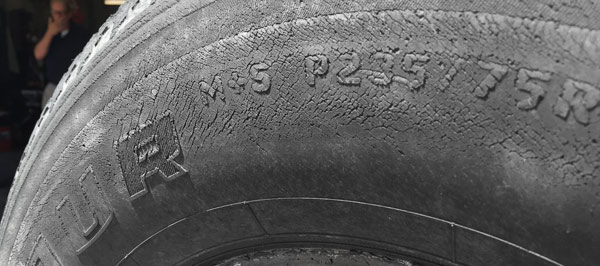 Repairing a car tire puncture with your own hands will also not be difficult even on the road. But for this you will need a pump (or compressor) and a universal tire repair kit with harnesses. All this is sold at any car market or gas station.
Repairing a car tire puncture with your own hands will also not be difficult even on the road. But for this you will need a pump (or compressor) and a universal tire repair kit with harnesses. All this is sold at any car market or gas station.
Repairing a tire on the side of the road with harnesses
The process is simple. If we are talking about the front wheels, then in most cases the wheel can not even be removed, it is enough to turn the steering wheel in the right direction, find the puncture site and carry out repairs. First, the hole is cleaned with a helical awl from the set. The tourniquet itself is smeared with glue and tucked into the eye of the awl, after which it is inserted into the tire hole. With a sharp movement, the tool is removed, and the tourniquet remains in place and clogs the hole. The tails are cut with a knife, but not at the root, it is recommended to leave about 20 mm. The tire is inflated and checked.
Sometimes a nail or self-tapping screw clogs the hole by itself, remaining in it. If you see a hat in a tread, do not rush to pull it out. While the pressure is holding, move to vulcanize. And sometimes they drive with a screw in a tire for weeks.
If you see a hat in a tread, do not rush to pull it out. While the pressure is holding, move to vulcanize. And sometimes they drive with a screw in a tire for weeks.
Repair of a puncture at a tire shop
Punctures are also repaired with harnesses at a specialized service, although among professionals such repairs are not considered long-term. After a few months, the flagella dry out and can let air through. There are more advanced methods like cold and hot vulcanization. The latter is more reliable. In this case, the hole is sealed with an elastic patch, and the funnel from a foreign object is filled with a special compound. After that, a vulcanizer is put on the tire, it heats up the rubber and solders it.
In addition to the plaster, the puncture is also repaired with special cord fungi. Craftsmen process the puncture site: drill it and treat the surface with a tool to roughen it. Then the repair area is lubricated with glue (it is also called cement) and a fungus is introduced.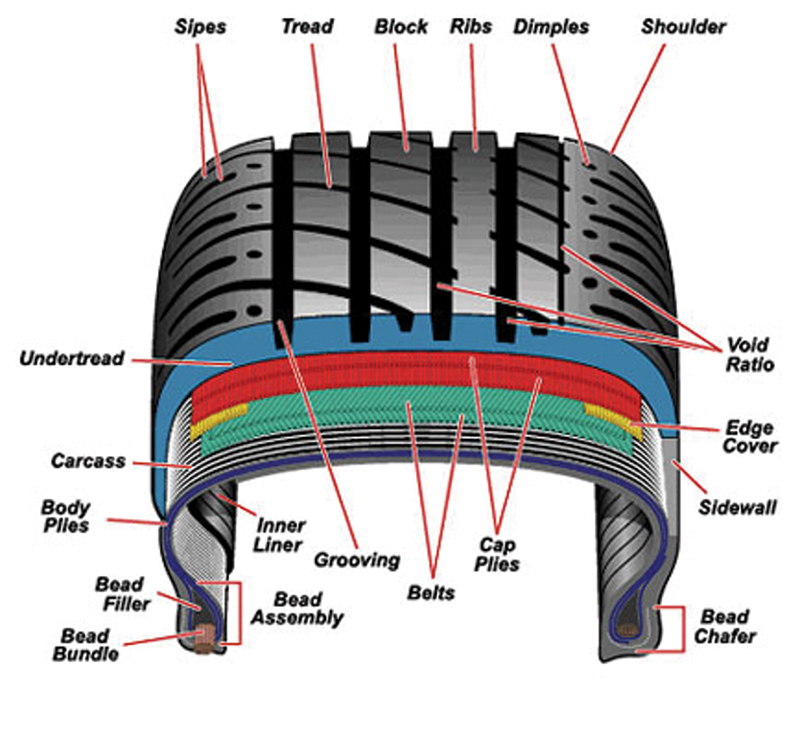 This is done from the inside of the tire. The cap of the fungus is rolled, and the excess legs are simply cut off from the outside.
This is done from the inside of the tire. The cap of the fungus is rolled, and the excess legs are simply cut off from the outside.
Puncture repair with sealant
With the advent of tubeless wheels, and later run flat tires, many automakers began to abandon spare wheels. Instead, repair kits with compressors are supplied with the machines. A repair kit is essentially a bottle of pressurized sealant. Later, such spray cans began to appear on the shelves of ordinary car dealerships.
This method has not taken root in the CIS, because the condition of the roads makes it necessary to have at least a stowaway in the kit, but it can also be considered as a method of repair on the road.
The car must be jacked up and sealant must be pumped into the damaged wheel through the nipple. Next, you should spin the wheel, then pump it up, lower the car and drive a few hundred meters.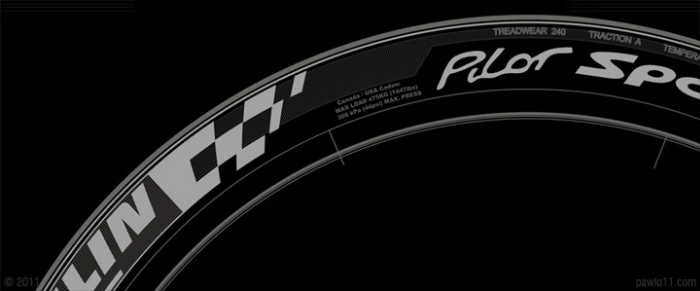 If the tire tightness has not been restored, repeat the procedure.
If the tire tightness has not been restored, repeat the procedure.
For commercial vehicles, cutting the tread with a special device (regrower) is a common thing. Moreover, such tire retreading is provided by the factory (marked REGROOVABLE on the sidewall) to increase the service life. But there are entrepreneurs who undertake to deepen the grooves in tires for passenger cars. But they are not intended for such an operation. Often used tires for sale are “refreshed” in this way. Be careful!
What is the threat?
The worst option is that the retreaded tire will shoot out on the road, as the master can damage the undertread layer when deepening the grooves. Such a tire will not be able to hold pressure at some point. There will be a boom! At best, the tire will indeed last a little longer, but is the game worth the candle? We think it's not worth it.
How is cutting done?
A regrower is used to cut the tread.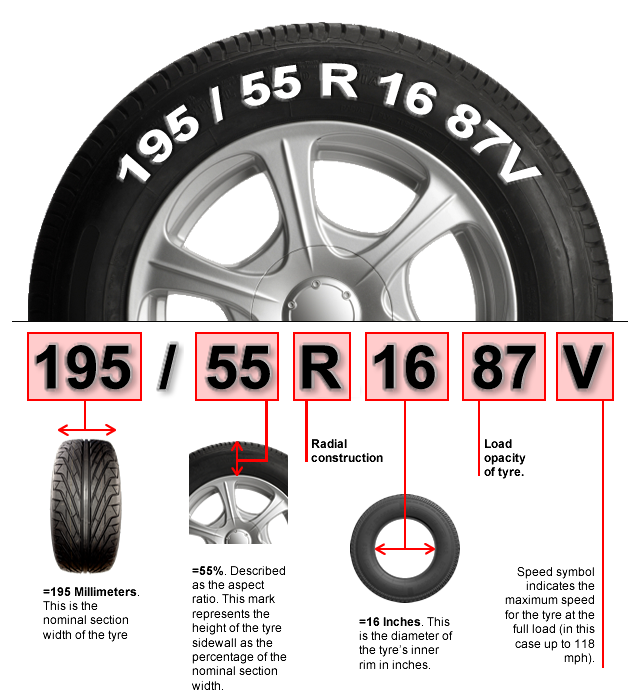 Roughly speaking, this is a large soldering iron with interchangeable tips of various shapes. It goes through rubber like a knife through butter.
Roughly speaking, this is a large soldering iron with interchangeable tips of various shapes. It goes through rubber like a knife through butter.
If the tire is for passenger cars, then it is worth taking on a regrower only in one case - when part of the tread pattern was welded with "new" rubber during repair. This is where threading comes in handy in order to restore the grooves and symmetry of the tread.
Vehicle operation is prohibited if:
- tires have a residual tread height of less than 1.6 mm;
- tires have punctures, cuts, ruptures that expose the cord, as well as delamination of the carcass, delamination of the tread and sidewall;
- tires in size or load capacity do not match the car model;
- tires of various sizes, designs (radial, diagonal, chamber, tubeless), models, with different tread patterns, winter and summer, studded and non-studded, new and restored, are installed on one axle of the car;
- Tires retreaded according to the second repair class are installed on the front axle.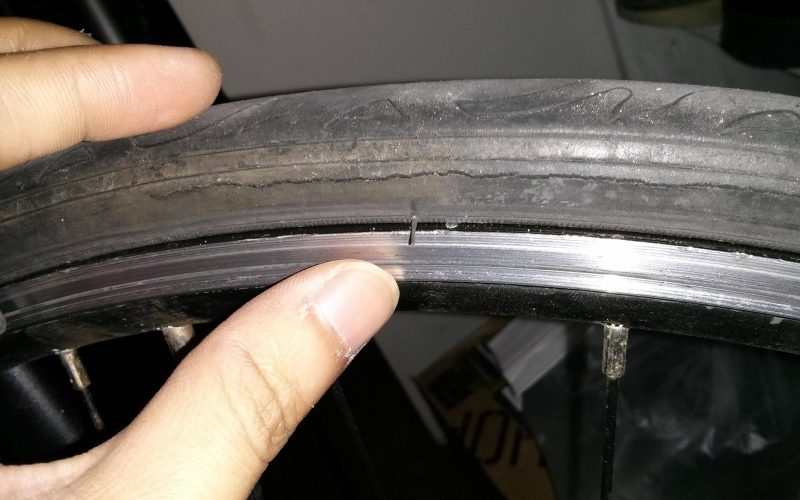
What is a second class repair?
This is the case when the carcass of the tire is restored after serious damage. A side cut (or tear) is a serious damage to the tire carcass.
Moscow and Moscow Region 8 (495) 215-20-68
Regions of the Russian Federation 8 (800) 555-20-68
Car tire Goodyear Eagle NCT 5
Brand
good year
Model name
Eagle NCT 5
Season Tire replacement: above +7°С - summer, below +7°С - winter.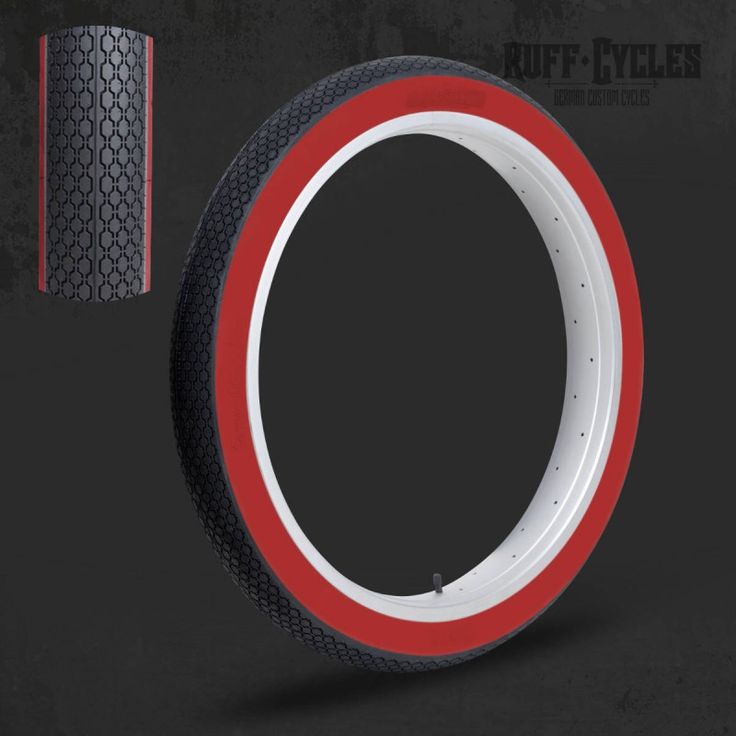 ">
">
Summer
Vehicle type
Car / SUV
Tread pattern Responsible for drainage, grip, braking.">
Unprofitable symmetric
diameter
16 / 17/17/11
Speed Index
H (up to 210 km / h) / W (up to 270 km / h) / Y (up to 300 km/h)
Buy tires Goodyear Eagle NCT 5
Rating 3.6
20 customer reviews
5. 0
0
Bugaev Ilya
Advantages: Wear resistance in the first place 100%.
Comment: I am not a fan of writing reviews. I have Octavia 2010, (205/55/16) tires installed from the factory. For all the time of execution 1 hernia, but there was a good hole. In 2017, the car began to vibrate, in November I put winter wheels. What was my surprise, on the inside of the wheel at the junction with the disk, three wheels in a circle were torn to the nylon, on all three there was a hernia, one was torn. Rubber completely departed 6 years, 117000 km, the tread was worn out by 50%. You decide.
January 22, 2018
4.0
Antonov Evgeny
Advantages: Wear-resistant, drove 60 thousand on them.
Disadvantages: Noisy, balanced up to 50 grams. Only for asphalt, they glide through the mud like on ice. God forbid, get into the snow (I got it, it's scary)!
September 25, 2017
1.0
Dormidonov Alexander
Advantages: none
Comment: The rubber is very soft, terrible aquaplaning, 2 hernias on all cylinders in 4 months.
March 26, 2017
5.0
Barkov Anton
Advantages: 1) Handling 2) Wear resistance
Disadvantages: 1) Price 2) Unfortunately not eternal
Comment: They were from the factory on a Chevrolet Cruze, dimension 215/50 r17, made in JAPAN. I rode them for 4 seasons, about 50 thousand km. , Not a single hernia, I will change them in the spring. nothing is eternal, worn out. They began to make noise only when noticeable wear appeared. The road is excellent and asphalt and primer, hydroplaning did not notice. Excellent tires, but apparently it is necessary to take a Japanese manufacturer.
, Not a single hernia, I will change them in the spring. nothing is eternal, worn out. They began to make noise only when noticeable wear appeared. The road is excellent and asphalt and primer, hydroplaning did not notice. Excellent tires, but apparently it is necessary to take a Japanese manufacturer.
January 12, 2017
2.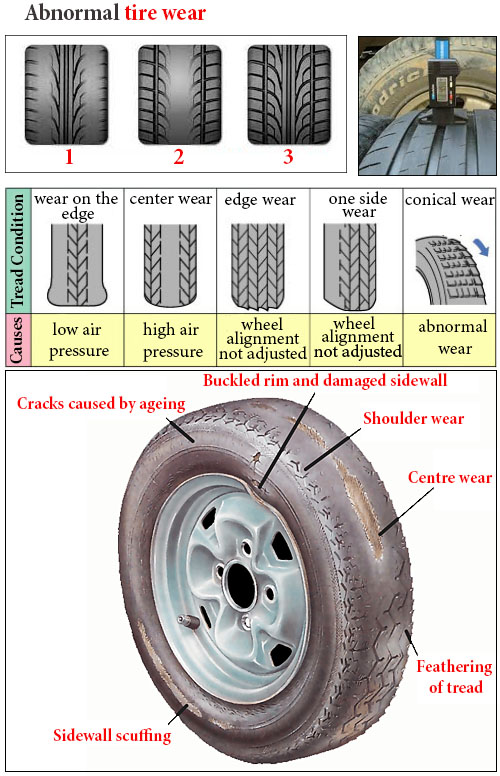 0
0
Bakakin Oleg
Advantages: Good dry grip
Disadvantages: I had no idea that tires can deliver so much acoustic discomfort. Very noisy tire in comparison with analogues. The cabin has a very strong rumble from the wider. The rubber is hard. Weak sidewall
Comment: Auto VW Tiguan. Before that Dunlop stood from the factory.
October 17, 2016
4.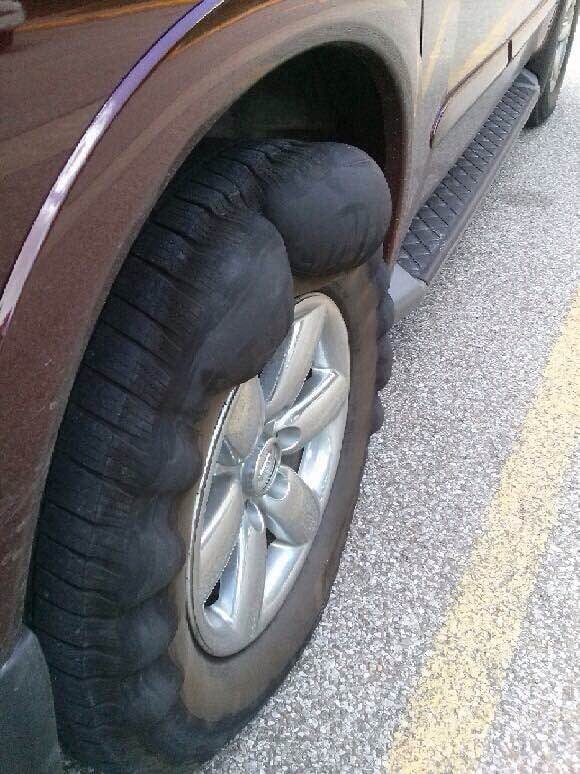 0
0
Yangazov Nail
Advantages: Strong
Disadvantages: Rigid
Comment: Tires 205/55 R16 were on the car from the salon, made in Slovenia. Departure for five seasons, tires are harsh, but very strong. For lovers of a compromise between sport and comfort, the choice is not bad, our tires endure roads.
May 16, 2016
3.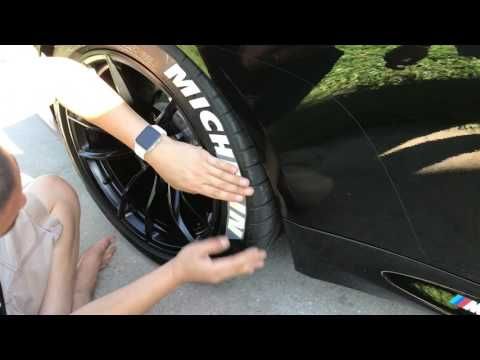 0
0
Moore Denis
Advantages: Holds the road well, brakes well, wet road feels confident. Wear resistant.
Disadvantages: Weak sidewall, noisy
Comment: Car Bmw e60, used dimension 245/45 r17. Good on the highway and in the city, a little noisier than the hacky blue at 140 km / h. But for a couple of years, 3 wheels in hernias.
02 April 2016
4.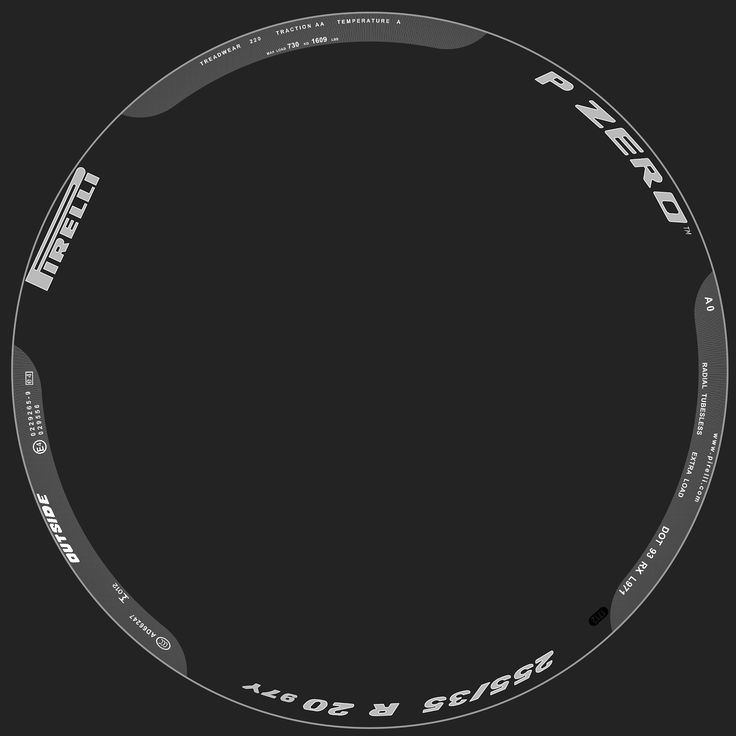 0
0
Panov Maxim
Advantages: Normal tires
Disadvantages: The only negative is weak braking in the city on bmw 1, the ABS immediately works and becomes uncomfortable. Now not winter goodyer extreme is much calmer, though winter 205/55R16
February 26, 2015
1.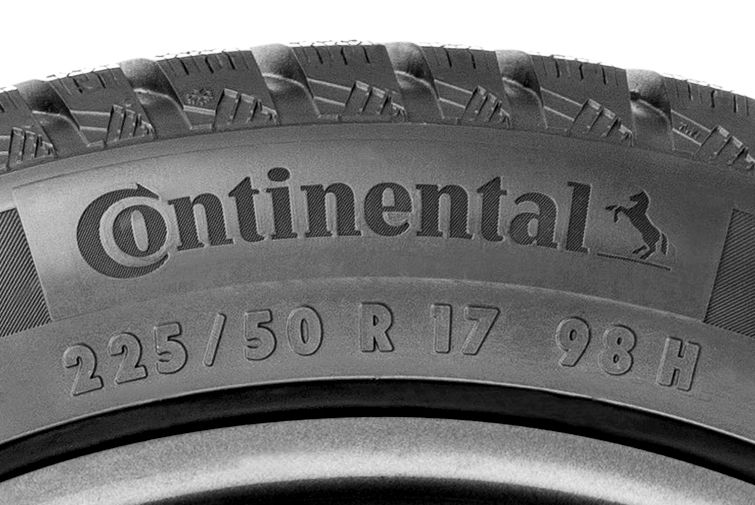 0
0
Nikolaevich Maxim
Advantages: Holds the road well
Disadvantages: Hernia the size of a fist, where it came from is not clear. New balloon 8000 minimum.
Comment: Why do you need a run flat if the line does not hold. If I don't remember the impact, then it wasn't significant!
September 16, 2014
4.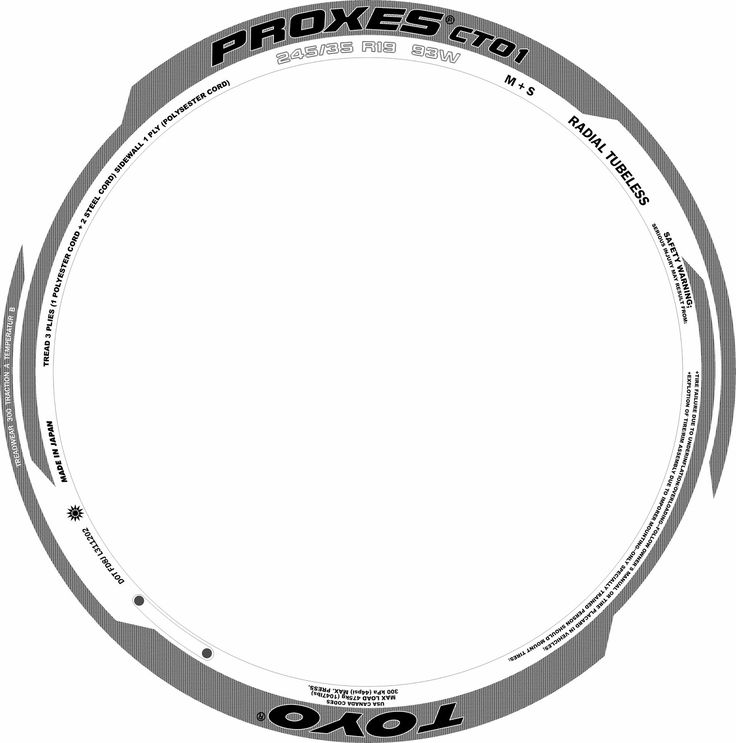 0
0
Tyulkin Evgeniy
Advantages: Wear-resistant, strong, excellent handling both on dry and wet pavement.
Disadvantages: Noisy, noticeably stiff, does not work on wet grass and does not cling well to loose soil.
Comment: I have been operating for the 6th year on a Ford Fusion 195/60/15. Mileage on them in the summer season is about 50 thousand. Got 1 puncture and one cut all the time. Wounded wheels put back. Because of this, on the front wheels, the tread almost reached the markers. If you rearrange the wheels, 70-80 thousand can be easily driven on them. But even on such a tread, I feel confident both on dry and wet pavement. Never in a skid did not break. When braking in water, the ABS sometimes kicks in.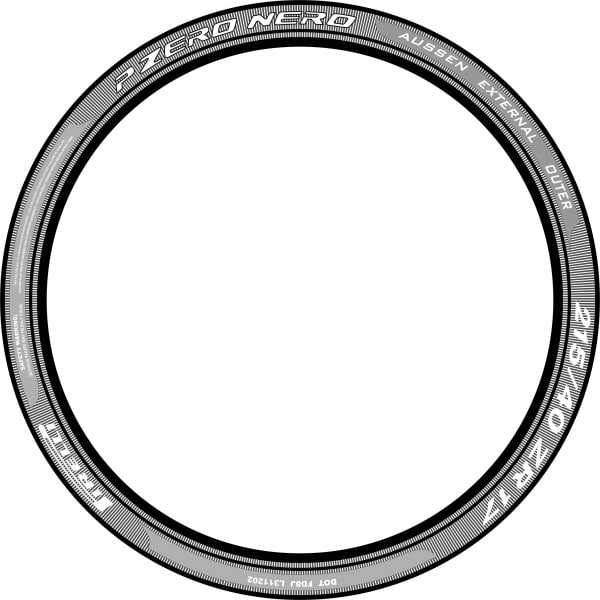 He flew into such holes that the emergency gang automatically turned on by car. The wheels all survived, the main thing is to release the brake pedal before the pit (I have a reflex). Up to about 4000 rpm, the engine is not audible due to the wheels. At a speed of 120 km / h on rough pavement in my car it is impossible to talk. Acceptable on smooth pavement. The fifth point feels all the joints of the asphalt (in Fusion, the suspension is stiff). Oddly enough, after switching from winter Velcro to summer tires, consumption increases, approximately per liter! I can not find an explanation for this phenomenon, because winter tires are soft, and this one is hard. It is problematic to get under way on wet grass; when climbing a rocky slope, the wheels now and then break into a slip. With the aging of rubber, there was a noticeable sensitivity to the track. Rubber covered with cracks at the end of the 6th year. In general, the tires suited me, I'm looking for something similar, but less noisy.
He flew into such holes that the emergency gang automatically turned on by car. The wheels all survived, the main thing is to release the brake pedal before the pit (I have a reflex). Up to about 4000 rpm, the engine is not audible due to the wheels. At a speed of 120 km / h on rough pavement in my car it is impossible to talk. Acceptable on smooth pavement. The fifth point feels all the joints of the asphalt (in Fusion, the suspension is stiff). Oddly enough, after switching from winter Velcro to summer tires, consumption increases, approximately per liter! I can not find an explanation for this phenomenon, because winter tires are soft, and this one is hard. It is problematic to get under way on wet grass; when climbing a rocky slope, the wheels now and then break into a slip. With the aging of rubber, there was a noticeable sensitivity to the track. Rubber covered with cracks at the end of the 6th year. In general, the tires suited me, I'm looking for something similar, but less noisy.
September 15, 2014
Real reviews of car owners about Goodyear Eagle NCT 5 tires. Opinions of owners on operation - advantages and disadvantages. Tires Goodyear Eagle NCT 5 - the pros and cons of using.
BlackTyres is an online car tire store with a huge selection of brands and models. In order not to get lost among the many commodity items, as well as to get detailed information on each model, there is a section on our website with real reviews from the owners of such tires. Reviews provide an opportunity to get acquainted not only with the characteristics declared by the manufacturer, but also with the real experience of their use by buyers.
If you have also used Goodyear Eagle NCT 5 tires, we offer you the opportunity to share your impressions with other car owners.